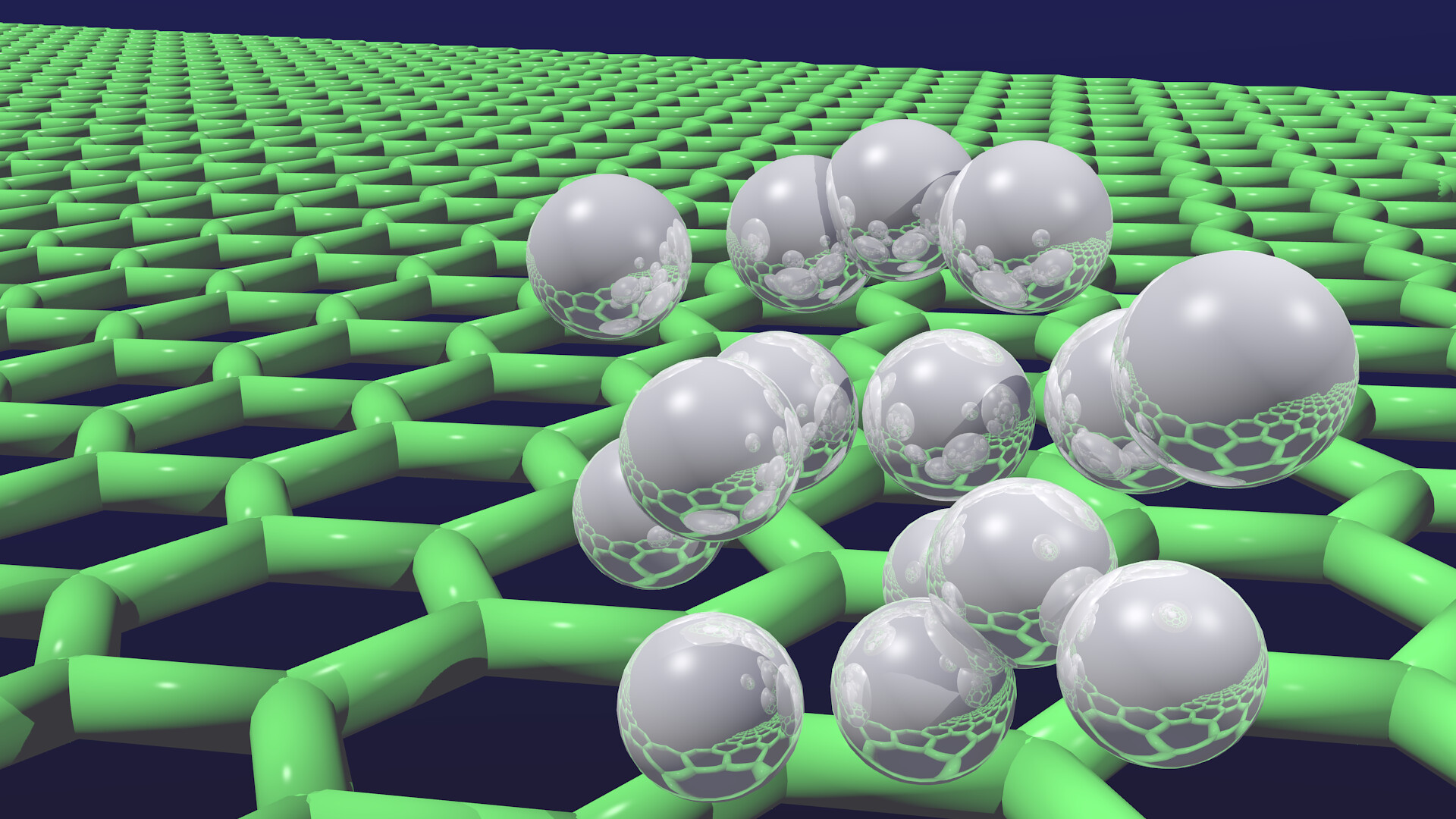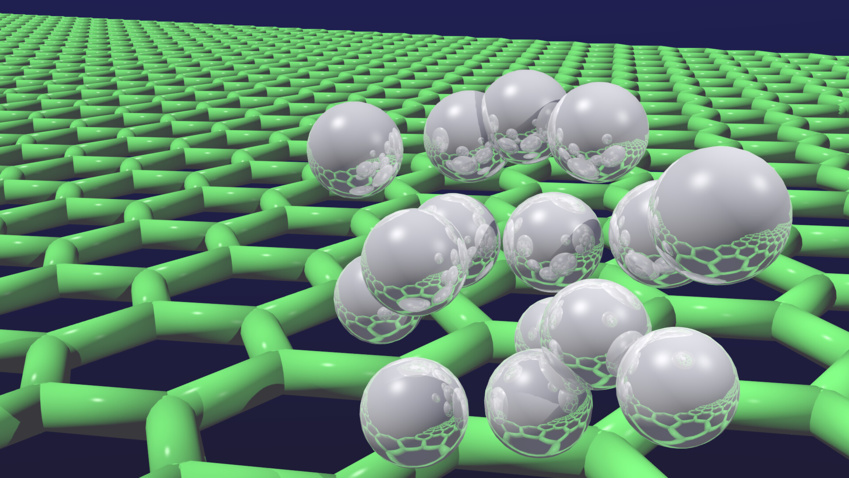This is written from the perspective of Mark E. Newman, President and CEO of The Chemours Company.
Last week, I attended the 38th Annual World Petrochemical Conference in Houston, Texas, the world's energy capital. And, while Houston is synonymous with oil and gas, I was thrilled to take part in a lively discussion about another energy source critical to a cleaner, more sustainable future—hydrogen.
As we work to build that future, we must turn to energy solutions that fuel our planet cleanly, efficiently, and indefinitely - solutions like green hydrogen, which, if harnessed effectively, can cleanly power everything from cars to heavy industry.
With a favorable policy environment and continued investment, we may be able to make this dream a reality very soon. Indeed, Chemours announced earlier this year a $200 million investment in France to help unlock the potential of hydrogen energy in Europe and globally. We made the announcement in part because of the strong alignment between our vision for sustainable growth, the goals of the French and local governments to create a reliable and strong hydrogen economy, and the EU's ambition to deliver a clean energy transition.
Hydrogen as a fuel has great potential, but more work is needed to ensure that our technological capabilities match our goals for the hydrogen economy.
This is where chemistry, both scientific and human, comes into play.
Advanced chemistry in clean energy technologies
Green hydrogen is produced when water is split into hydrogen and oxygen using renewable energy sources such as wind and solar energy in a process known as water electrolysis. This green hydrogen can then be converted to electricity via fuel cells and used to power electric vehicles such as heavy-duty and commercial passenger transport, with only water and heat as byproducts.
These promising clean energy technologies are based on chemistry, specifically the highly specialized ion-exchange membranes that facilitate the chemical reactions at the heart of hydrogen production and utilization. Some of the brightest minds in advanced chemistry and material science have made ground-breaking advances in recent years to make these membranes more durable, efficient, and reliable. Today's membranes are only the thickness of a human hair, but they can withstand high temperatures and pressures, separate the produced hydrogen and oxygen, and allow for the efficient transfer of protons through the membrane—improving efficiency and productivity.
Not only will the resulting green hydrogen help to sustain the planet, but so will the responsible manufacturing of the materials required. We can develop manufacturing technologies that are sustainable for our environment, climate, and people if the industry continues to innovate.
A responsible approach is required for true environmental protection and long-term innovation, not just at Chemours but across the landscape of suppliers, customers, and regulators.
We also require another type of chemistry: collaboration among people working towards a common goal. We need to encourage strategic investment throughout the value chain.
We've already seen significant progress in Europe, thanks to policies like the European Green Deal, which recognizes hydrogen energy as a component of the solution to achieve net-zero greenhouse gas emissions by 2050. Meanwhile, in the United States, the Inflation Reduction Act (IRA) included research and development credits and incentives for electrolysis and fuel cells, all of which are critical to strengthening domestic manufacturing of clean energy solutions, creating high-paying, long-term jobs, and advancing American energy independence.
To scale our hydrogen future, government and industry must consider the entire clean energy value chain. While incentives like those in the IRA are important, we also need regulatory certainty so that industry can best use those incentives to drive investments and growth in green jobs. We must collaborate to develop policies that expand domestic supply chains and advance the hydrogen economy. The same can be said for semiconductors, electric vehicles, and other critical technologies for the future economy. This necessitates rational, science-based regulations that safeguard human health and the environment while also allowing for economic growth.
An efficient permitting process is part of a sound regulatory environment. In the United States, for example, Senator Manchin, Senator Capito, and others' bipartisan support for permitting reform is a prime example of the role government can play in enabling innovation and unlocking the potential of clean energy production. Such regulatory certainty can fuel growth in the hydrogen economy while also advancing decarbonization efforts.
In reality, strong public-private partnerships and sound public policy can help us expand our scientific and technological knowledge, invest in productive infrastructure, and create a competitive ecosystem and regulatory environment.
Carl Jung, a psychiatrist, once used chemistry to illuminate his own science. He compared the interaction of two people to the interaction of two substances: "if there is any reaction," he wrote, "both are transformed." This is something I've witnessed firsthand. Partnerships with governments, other companies, and leading university researchers have transformed Chemours and the advanced chemistries we produce.
To ensure our clean energy future, we must continue to pursue partnerships, investments, and regulatory certainty in order to unlock transformative innovation across the value chain, from a diverse range of end uses all the way back to the most fundamental building block of our universe: the hydrogen atom.
Last week, I attended the 38th Annual World Petrochemical Conference in Houston, Texas, the world's energy capital. And, while Houston is synonymous with oil and gas, I was thrilled to take part in a lively discussion about another energy source critical to a cleaner, more sustainable future—hydrogen.
As we work to build that future, we must turn to energy solutions that fuel our planet cleanly, efficiently, and indefinitely - solutions like green hydrogen, which, if harnessed effectively, can cleanly power everything from cars to heavy industry.
With a favorable policy environment and continued investment, we may be able to make this dream a reality very soon. Indeed, Chemours announced earlier this year a $200 million investment in France to help unlock the potential of hydrogen energy in Europe and globally. We made the announcement in part because of the strong alignment between our vision for sustainable growth, the goals of the French and local governments to create a reliable and strong hydrogen economy, and the EU's ambition to deliver a clean energy transition.
Hydrogen as a fuel has great potential, but more work is needed to ensure that our technological capabilities match our goals for the hydrogen economy.
This is where chemistry, both scientific and human, comes into play.
Advanced chemistry in clean energy technologies
Green hydrogen is produced when water is split into hydrogen and oxygen using renewable energy sources such as wind and solar energy in a process known as water electrolysis. This green hydrogen can then be converted to electricity via fuel cells and used to power electric vehicles such as heavy-duty and commercial passenger transport, with only water and heat as byproducts.
These promising clean energy technologies are based on chemistry, specifically the highly specialized ion-exchange membranes that facilitate the chemical reactions at the heart of hydrogen production and utilization. Some of the brightest minds in advanced chemistry and material science have made ground-breaking advances in recent years to make these membranes more durable, efficient, and reliable. Today's membranes are only the thickness of a human hair, but they can withstand high temperatures and pressures, separate the produced hydrogen and oxygen, and allow for the efficient transfer of protons through the membrane—improving efficiency and productivity.
Not only will the resulting green hydrogen help to sustain the planet, but so will the responsible manufacturing of the materials required. We can develop manufacturing technologies that are sustainable for our environment, climate, and people if the industry continues to innovate.
A responsible approach is required for true environmental protection and long-term innovation, not just at Chemours but across the landscape of suppliers, customers, and regulators.
We also require another type of chemistry: collaboration among people working towards a common goal. We need to encourage strategic investment throughout the value chain.
We've already seen significant progress in Europe, thanks to policies like the European Green Deal, which recognizes hydrogen energy as a component of the solution to achieve net-zero greenhouse gas emissions by 2050. Meanwhile, in the United States, the Inflation Reduction Act (IRA) included research and development credits and incentives for electrolysis and fuel cells, all of which are critical to strengthening domestic manufacturing of clean energy solutions, creating high-paying, long-term jobs, and advancing American energy independence.
To scale our hydrogen future, government and industry must consider the entire clean energy value chain. While incentives like those in the IRA are important, we also need regulatory certainty so that industry can best use those incentives to drive investments and growth in green jobs. We must collaborate to develop policies that expand domestic supply chains and advance the hydrogen economy. The same can be said for semiconductors, electric vehicles, and other critical technologies for the future economy. This necessitates rational, science-based regulations that safeguard human health and the environment while also allowing for economic growth.
An efficient permitting process is part of a sound regulatory environment. In the United States, for example, Senator Manchin, Senator Capito, and others' bipartisan support for permitting reform is a prime example of the role government can play in enabling innovation and unlocking the potential of clean energy production. Such regulatory certainty can fuel growth in the hydrogen economy while also advancing decarbonization efforts.
In reality, strong public-private partnerships and sound public policy can help us expand our scientific and technological knowledge, invest in productive infrastructure, and create a competitive ecosystem and regulatory environment.
Carl Jung, a psychiatrist, once used chemistry to illuminate his own science. He compared the interaction of two people to the interaction of two substances: "if there is any reaction," he wrote, "both are transformed." This is something I've witnessed firsthand. Partnerships with governments, other companies, and leading university researchers have transformed Chemours and the advanced chemistries we produce.
To ensure our clean energy future, we must continue to pursue partnerships, investments, and regulatory certainty in order to unlock transformative innovation across the value chain, from a diverse range of end uses all the way back to the most fundamental building block of our universe: the hydrogen atom.


 Advanced Chemistry bedrock of clean energy
Advanced Chemistry bedrock of clean energy





 Companies
Companies